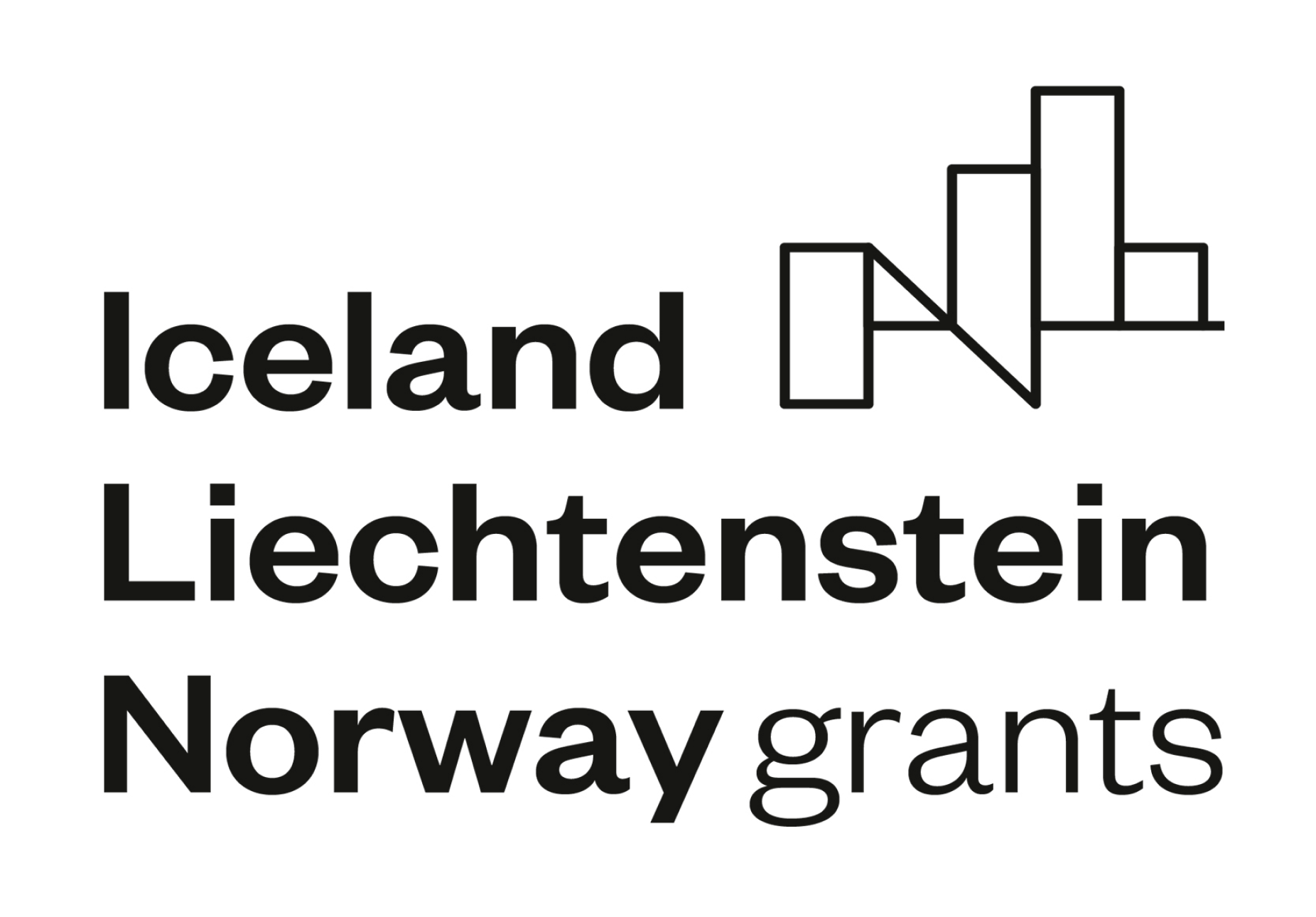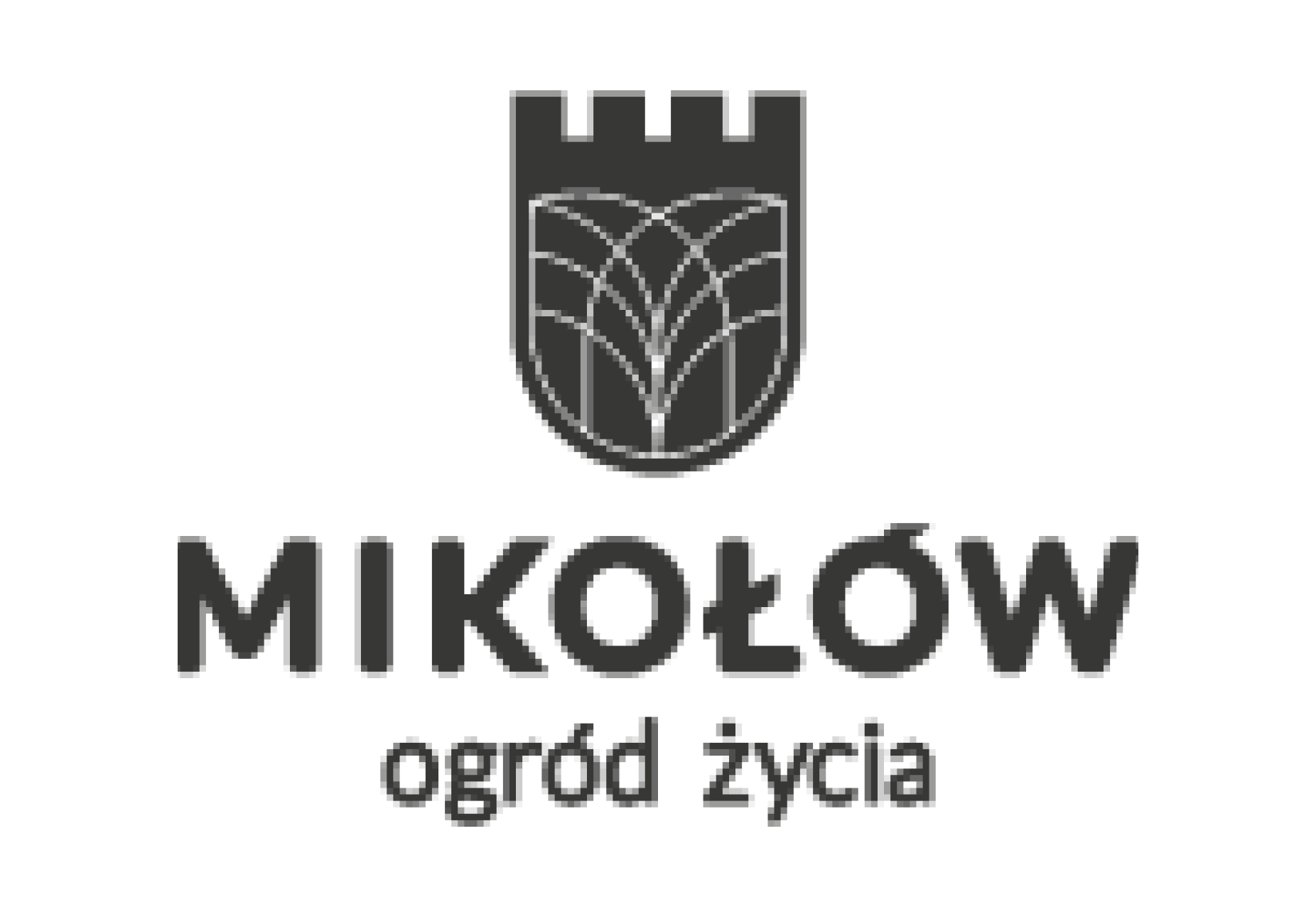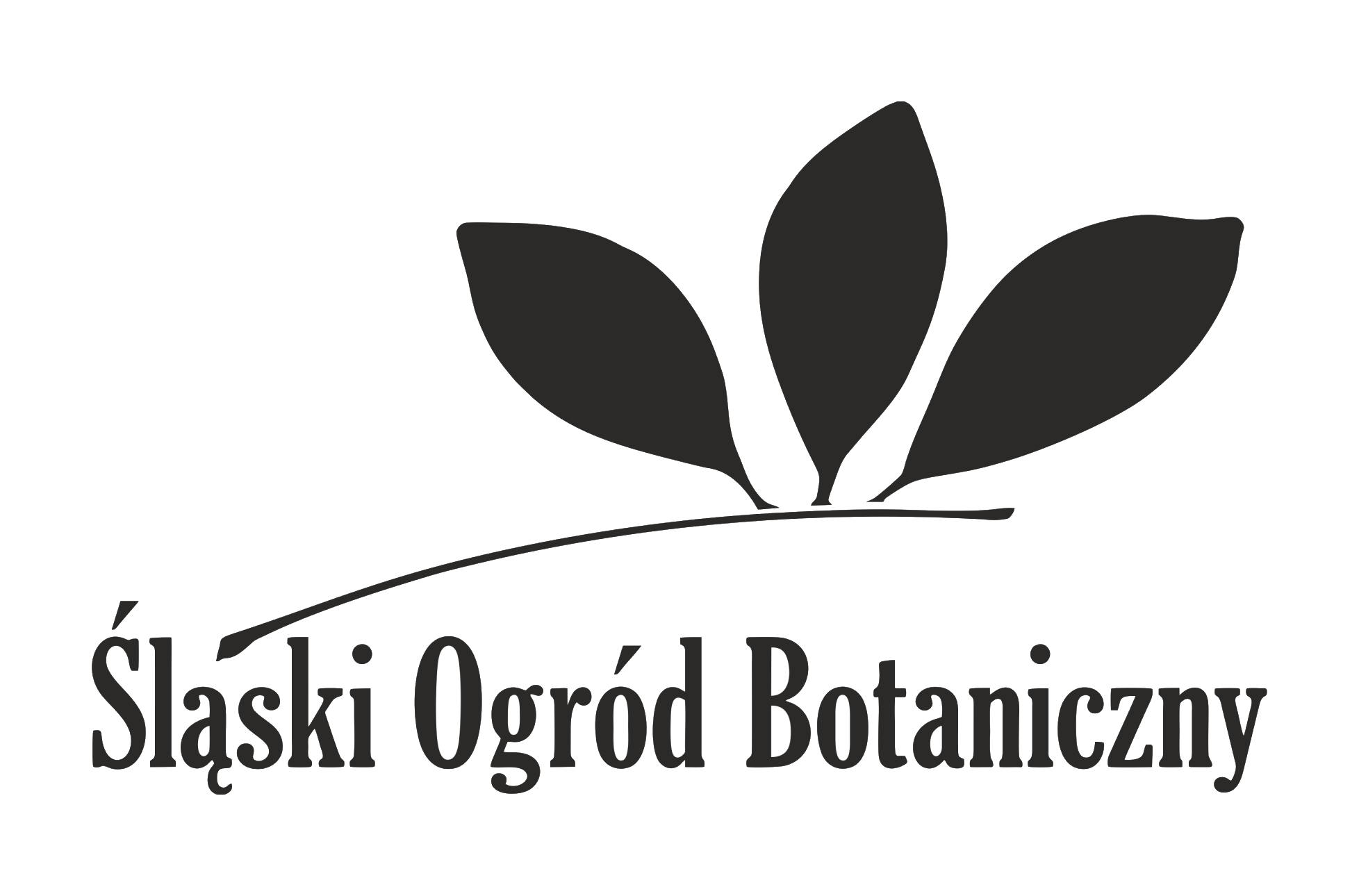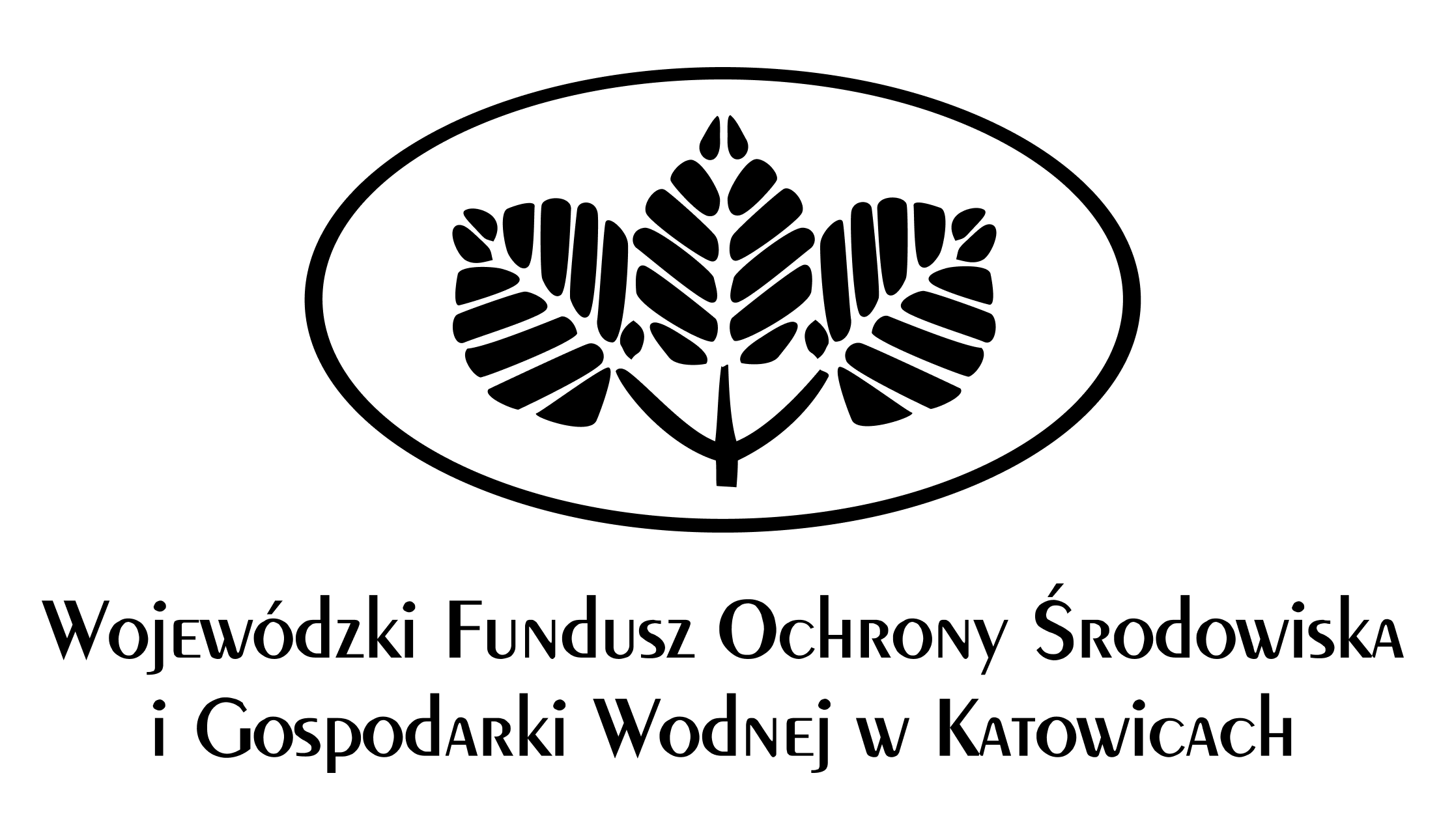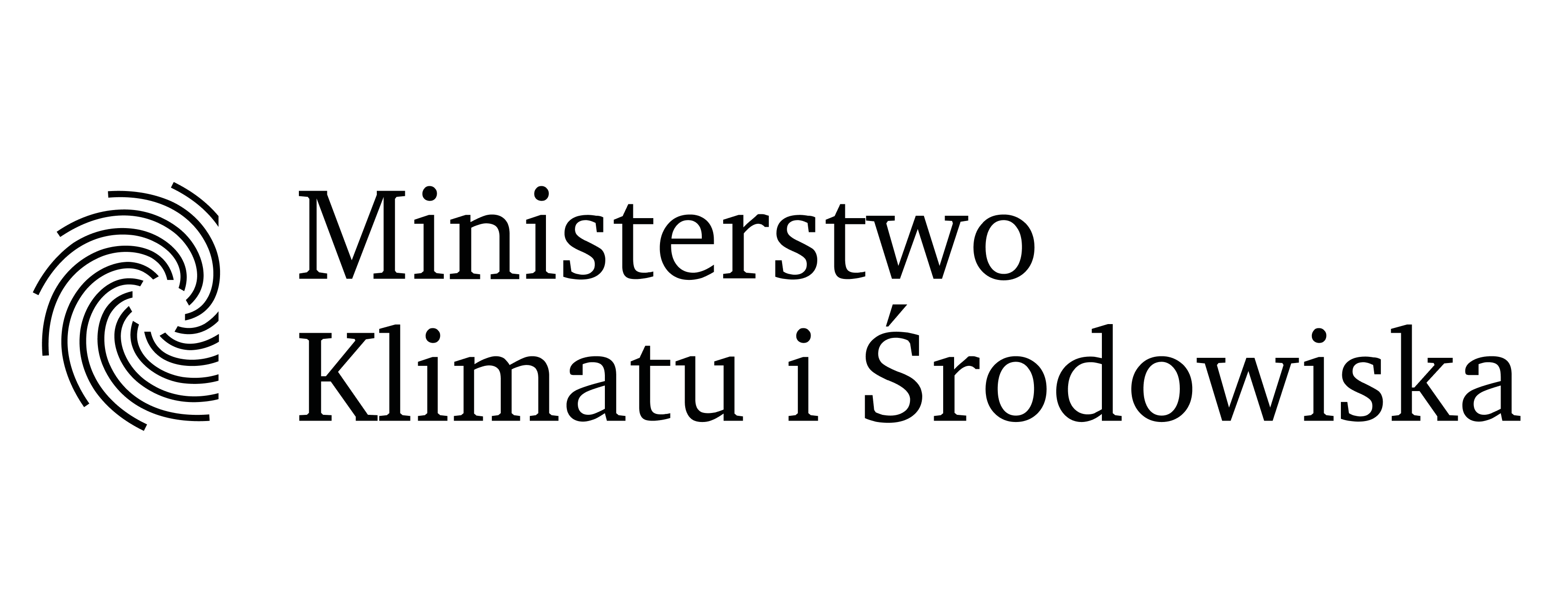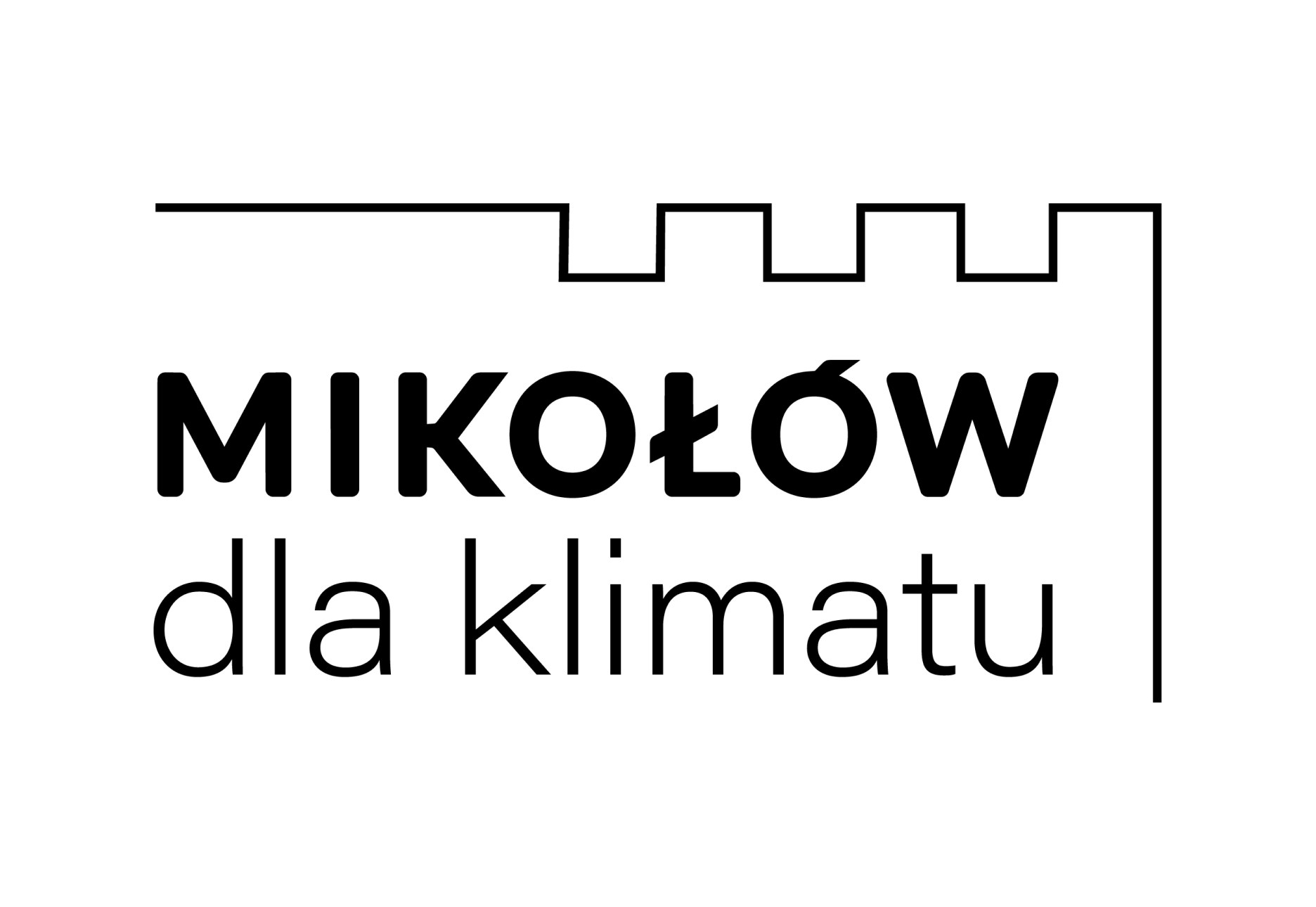🌳🌿 Three Generations Park – a place of harmony between nature and community! 🌿🌳
Located at the intersection of Musiol Street and St. Adalbert Street in Mikolow, this unique park will be an ideal place that combines both natural beauty and community activity.
🌿 Plant cover and habitat protection 🌿.
The main goal of our project is to develop wasteland and enrich the vegetation cover using native plant species. An optimal environment will be created that will provide a food base and shelter for a variety of animal species. In addition, the restoration of the wetland habitat will help increase water retention.
👥 Activation of the local community 👥.
The Three Generations Park is intended to be a place where the local community can actively spend time. We are designing paths that will encourage walks and meetings, as well as recreational spaces where residents can relax and enjoy the beauty of nature. This is an ideal place for all generations to meet, socialize and be physically active.
🌳 An element of the ecological corridor network 🌳.
The park will also be an important element of the city’s network of ecological corridors and aeration wedges. By increasing the area of green space, we will provide an opportunity for the development and migration of diverse species, which contributes to the preservation of the biodiversity of our ecosystem.
🛠️ Technical details 🛠️
The Three Generations Park will cover an area of about 2,000 m2, including 1,000 m2 of wooden piers that will connect and facilitate movement through the park. In addition, about 100 m2 will be allocated for recreational infrastructure, providing additional places for relaxation and play.
We are excited about this project and look forward to sharing the beauty of the Three Generations Park with you. It’s a place where nature and community come together to create a harmonious space for all.
